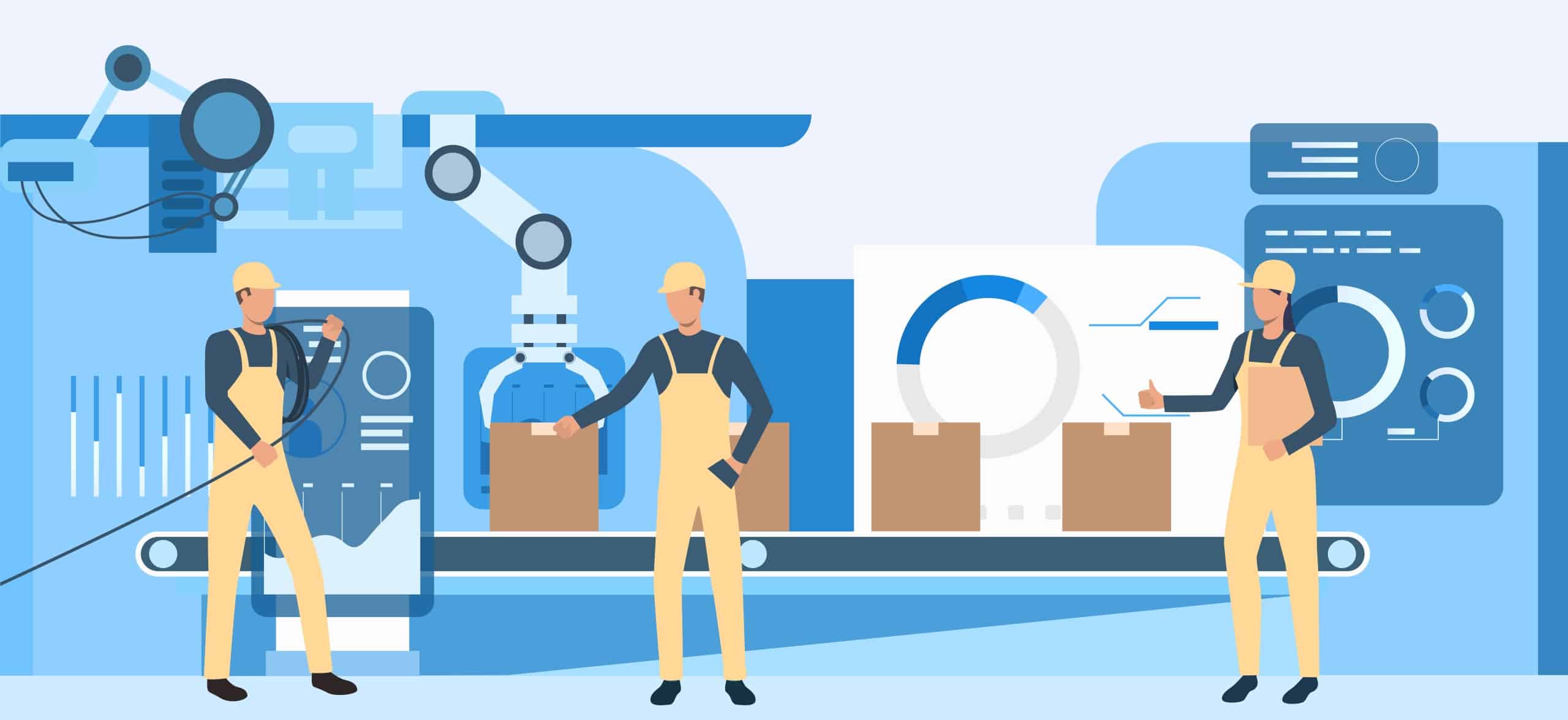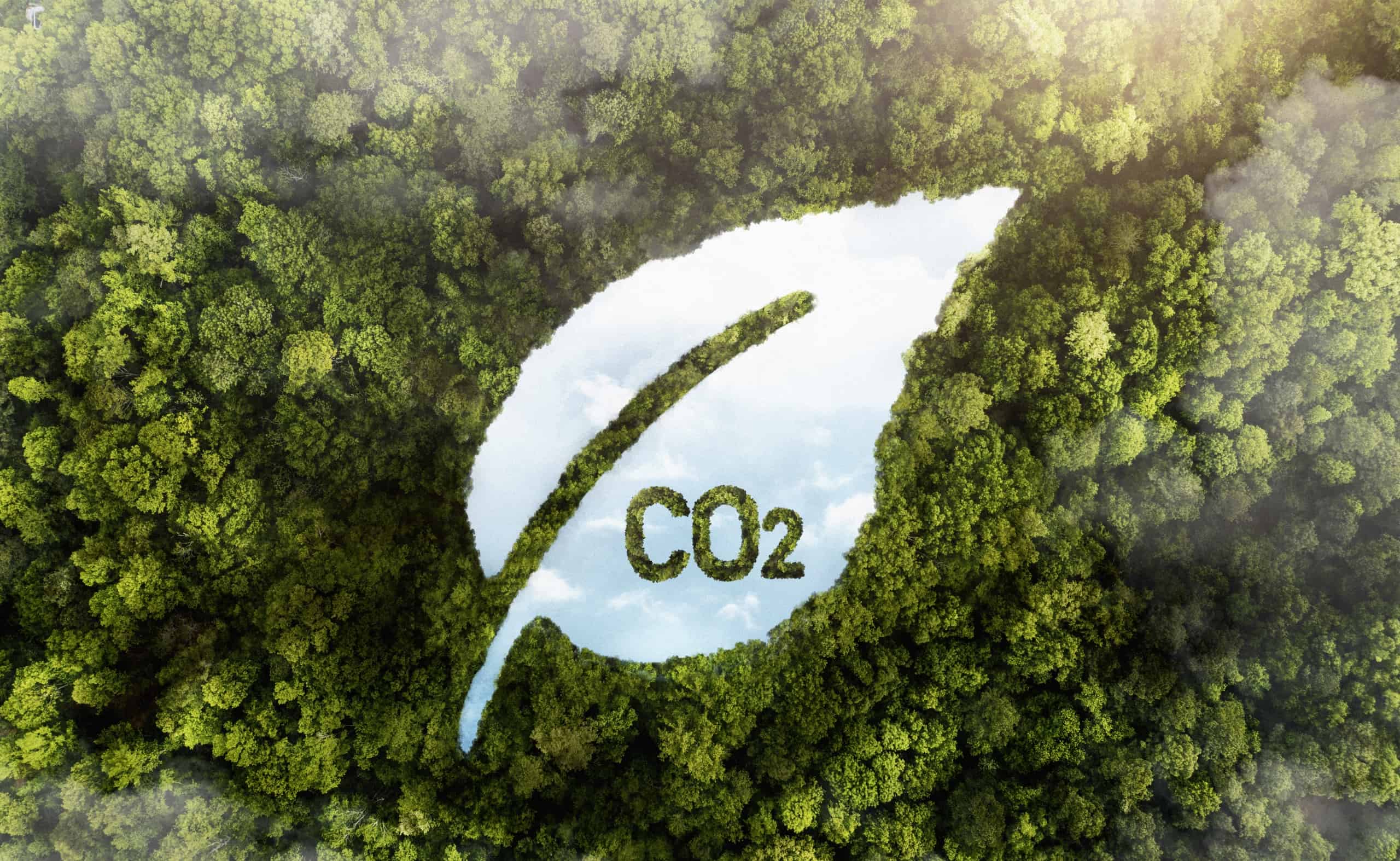#1: Reduced Material Waste
Reducing material waste is a crucial factor in automating the production of wet wipes. Traditional manufacturing techniques involve manual handling and measuring which can produce inconsistent results and lead to excessive material usage, generating a lot of waste and causing environmental harm.
However, automation offers unparalleled accuracy. Automated wet wipes machines dispense precise amounts of each ingredient required for each wet wipe, ensuring that there is no room for errors. This meticulous oversight reduces the amount of waste generated and maximizes resource utilization in every stage of production, from cutting the cloth to administering the cleaning liquids.
Furthermore, automated wet wipes machines can adjust to changes in production requirements by monitoring and modifying material consumption in real time. This flexibility guarantees efficient use of resources, which reduces the environmental impact of raw material extraction and processing. This sustainable process not only satisfies customer demand for eco-friendly products but also boosts revenue and helps businesses maintain long-term financial viability.
By reducing material waste, automated wet wipes manufacturing offers dual benefits of both economic and environmental advantages, making it an ideal option for companies looking to thrive in a more eco-friendly future.
#2: Optimized Energy Consumption
One of the main benefits of automating the wet wipes production line is energy optimization, which completely changes how environmentally sustainable the manufacturing process is. Conventional, labor-intensive techniques often use variable amounts of energy, with physical labor adding to power variations. On the other hand, automated systems are made to function as efficiently as possible, using less energy and lowering the manufacturing line’s total carbon footprint.
Automated wet wipes machines are designed to operate with great precision, which results in energy consumption only when and where it is needed. By streamlining several operations, including material handling mechanics and production line motions, automation enhances efficiency leading to a more energy-efficient operation. This optimized energy usage not only aligns with sustainable standards but also meets the growing demand from sectors to reduce their environmental impact.
Moreover, intelligent technologies that continuously monitor and modify energy use may be integrated into automated systems. This flexibility enables a dynamic reaction to demands for production, optimizing energy use based on particular requirements at any given time. Businesses may help create a more sustainable production environment and drastically cut their carbon emissions by maximizing the usage of energy-intensive equipment and minimizing idle hours.
Optimizing energy usage through automation can help businesses save money, which has economic benefits beyond just environmental impact. When combined with possible incentives for implementing sustainable practices, lower energy costs can produce a positive economic effect. By engaging in optimized energy use through automation, businesses not only reduce their ecological impact but also establish themselves as ethical industry leaders, attracting customers who prefer eco-friendly products. Therefore, automating the production of wet wipes is a strategic step towards a more sustainable and financially feasible future, focusing not only on efficiency but also on environmental responsibility.
#3: Streamlined Production Efficiency
The use of automation in the wet wipes industry has revolutionized production efficiency, offering advantages that go beyond just operational gains. Traditional manual procedures often face issues such as slower production cycles, bottlenecks, and inconsistent results. However, automation has completely transformed the manufacturing industry by providing accuracy, speed, and dependability.
Automated systems are capable of performing jobs with great care, from material handling to wet wipe packing, with unmatched precision thanks to the integration of robotic technology and computerized controls. This precision enhances the overall quality and consistency of the final product while reducing the possibility of errors.
One crucial aspect of enhancing efficiency in manufacturing is by speeding up the processes through automation. Automated systems run smoothly without interruptions, unlike manual procedures where human limitations and delays may cause delays. This increased productivity allows for faster response times to changes in customer demands and industry trends, resulting in meeting market needs more efficiently.
Another way to streamline production efficiency is by reducing downtime and eliminating unnecessary procedures. Automated equipment is designed to run continuously with minimal stops for maintenance or adjustments. By reducing idle times, the production line can operate for longer periods, resulting in increased output and a more resource-efficient manufacturing process.
Furthermore, automation enables data analytics and real-time monitoring, providing insightful information on production indicators. By using this data-driven approach, businesses can identify areas for further optimization, allowing them to optimize the manufacturing process for optimal efficiency. The end result is a leaner and more agile manufacturing operation that can meet current needs while also being prepared to adapt to changes in the industry in the future.
Automation has revolutionized manufacturing by streamlining production processes, increasing the competitiveness of wet wipes producers. By embracing the accuracy, speed, and flexibility that automation provides, businesses can optimize their operations and stay ahead of the curve in a dynamic and growing market, ready to tackle future challenges.
#4: Minimal Environmental Impact of Ingredients
Automating the production of wet wipes involves reducing the environmental impact of the ingredients used, which shows a commitment to sustainable practices from the beginning of the manufacturing process. Traditional methods of managing ingredients can be inaccurate and inconsistent, which leads to excess material usage and a larger environmental footprint. However, automation ensures precision by accurately dispensing and combining the required amounts of eco-friendly materials for each wet wipe.
Automated procedures regulate the amount of components dispensed and combined, thus reducing the possibility of waste and overuse. This attention to detail also extends to the selection of raw materials, ensuring that only environmentally safe and sustainable ingredients are used in the production of wet wipes. Reducing the ecological impact of ingredient procurement is not only a moral decision but also meets customer demand for environmentally conscious products.
In addition, real-time adjustments to ingredient consumption and continuous monitoring are made possible through automation. By adapting to changes in production needs and reducing the environmental impact of raw material extraction and processing, this flexibility ensures optimal resource utilization. Businesses that prioritize the automation of their components to minimize their environmental impact can benefit from growing consumer awareness of the environmental impact of product ingredients.
Emphasizing the low environmental impact of ingredients not only satisfies sustainability goals but also aligns with certifications and regulations. Organizations that comply with strict environmental standards are increasingly being recognized and rewarded by certifying authorities. By using automation to regulate and reduce the environmental impact of ingredients, businesses can establish themselves as leaders in environmentally conscious manufacturing, gaining the trust and loyalty of their customers.
In summary, automating the wet wipes manufacturing process improves efficiency and demonstrates a stronger commitment to environmental sustainability from the point of component selection. By adopting automation, businesses can guarantee that their products meet the strictest environmental requirements, laying the foundation for a more sustainable and ethical future.
#5: Decreased Carbon Emissions
Automating the wet wipes manufacturing process has many environmental benefits, including a decrease in carbon emissions, which makes it a more sustainable and eco-friendly industrial process. Traditional manufacturing methods require physical labor, which often involves commuting and on-site work, leading to increased carbon emissions from transportation and facility operations. By reducing reliance on human labor, automation brings about a revolutionary change that significantly lowers the carbon footprint of the entire production process.
Automated systems are designed to be efficient, with streamlined operations that reduce energy waste and idle time. Automated wet wipes manufacturing lines require fewer deliveries of wet wipes raw materials and produce fewer emissions from transportation, which also makes transportation logistics more efficient. By simplifying operations and ensuring the entire production process is carried out with accuracy and speed, automation minimizes the total energy consumption and environmental impact of manufacturing wet wipes.
In addition, automated systems’ flexibility allows for real-time monitoring and modification of energy consumption, which further reduces carbon emissions. Manufacturers can optimize production schedules by integrating smart technology and scheduling them during times of reduced energy demand or, where possible, using renewable energy sources. This tactical approach not only reduces the negative impact on the environment but also establishes companies as pioneers of sustainable operations, satisfying the demands of customers who care about the environment.
Moreover, lower carbon emissions resulting from automated production support international efforts to mitigate climate change and comply with strict environmental standards. Businesses that prioritize automating tasks to reduce their carbon footprint not only help the environment but also strengthen their corporate responsibility programs, improving their brand recognition and attracting socially aware customers.
The wet wipes manufacturing process can result in lower carbon emissions, thanks to automation. This highlights the environmental advantages of technological progress. When businesses utilize automated systems, they can play a significant role in reducing climate change and promoting a cleaner future for the industry and the planet as a whole.






